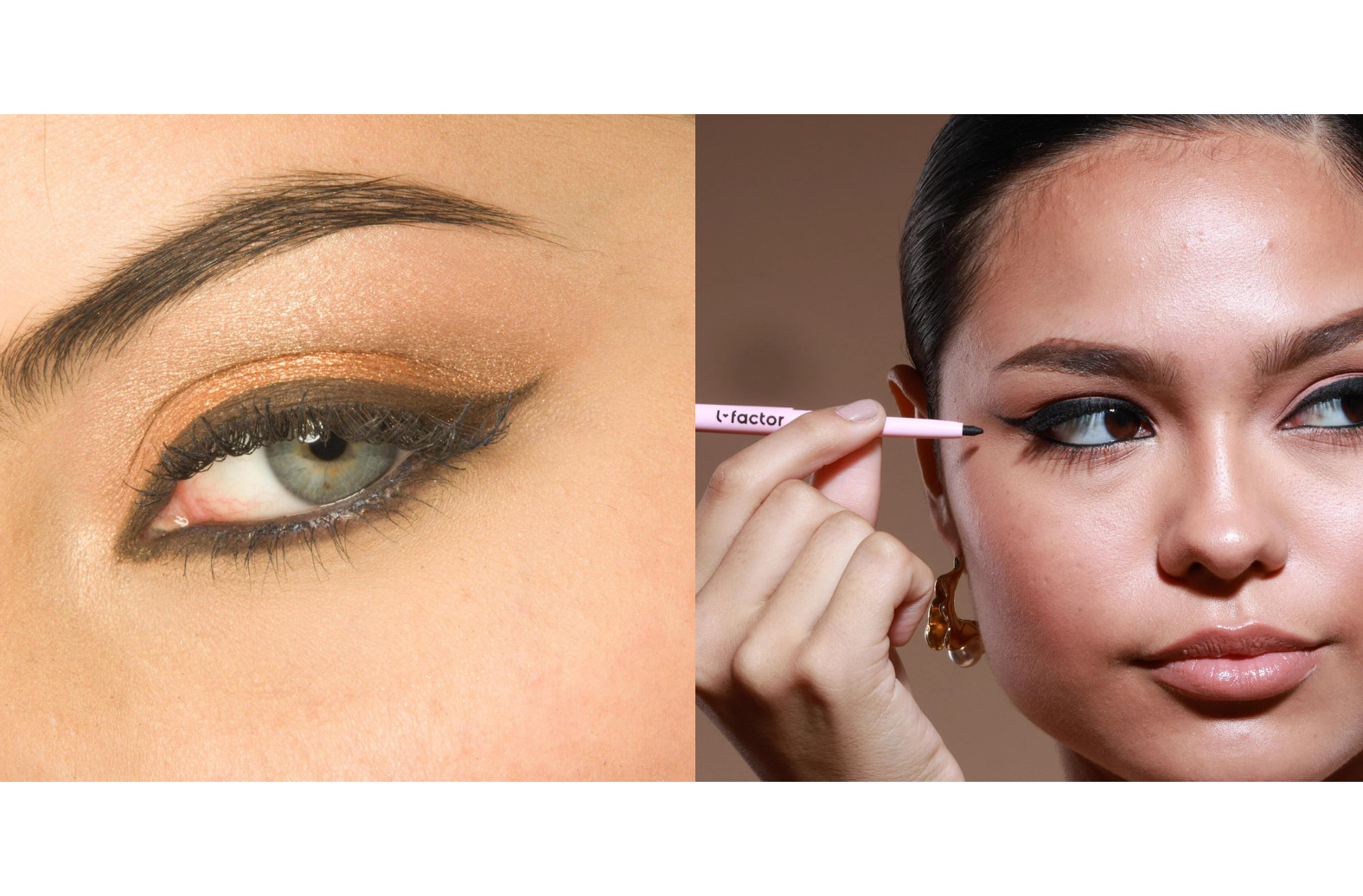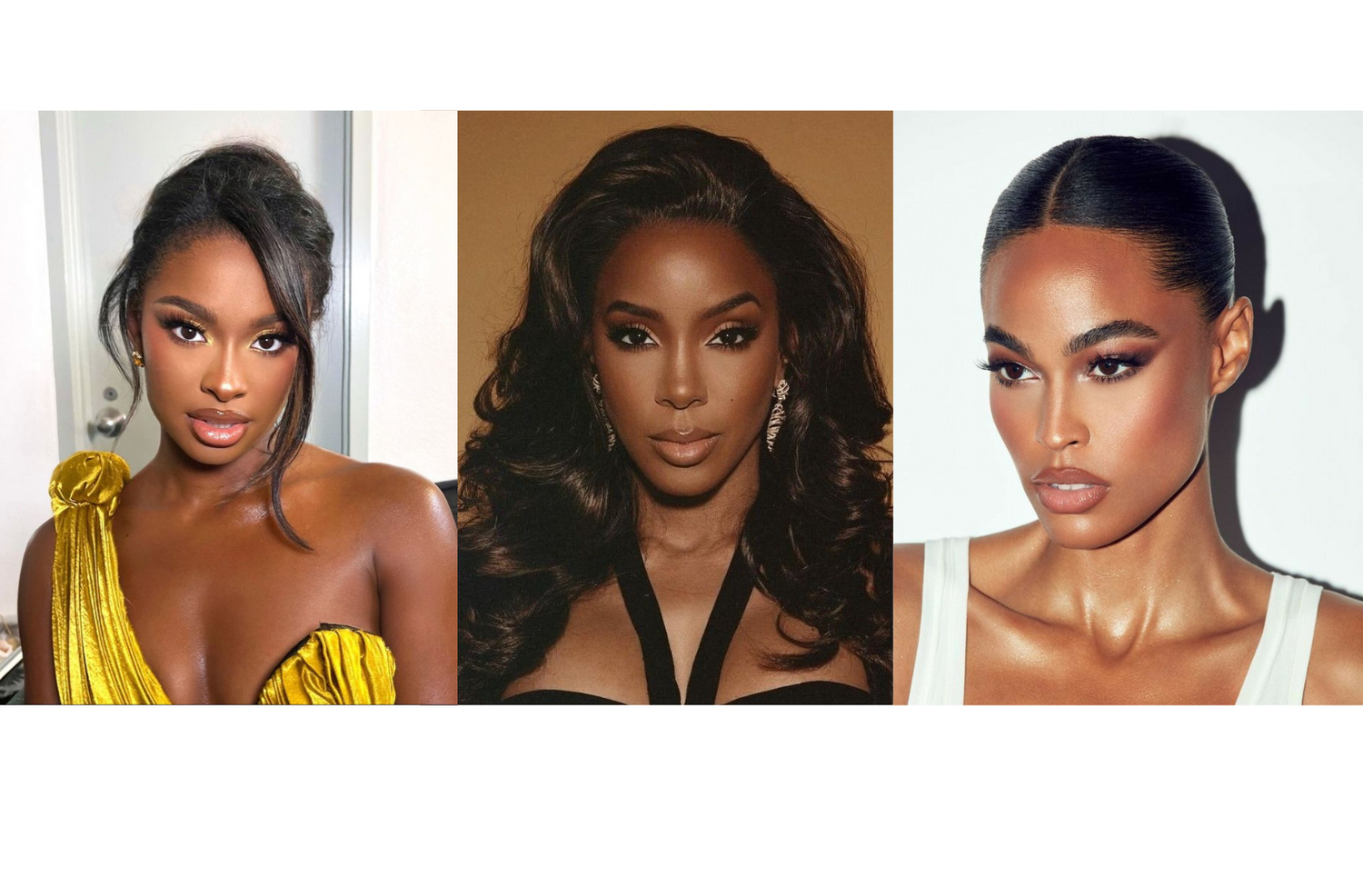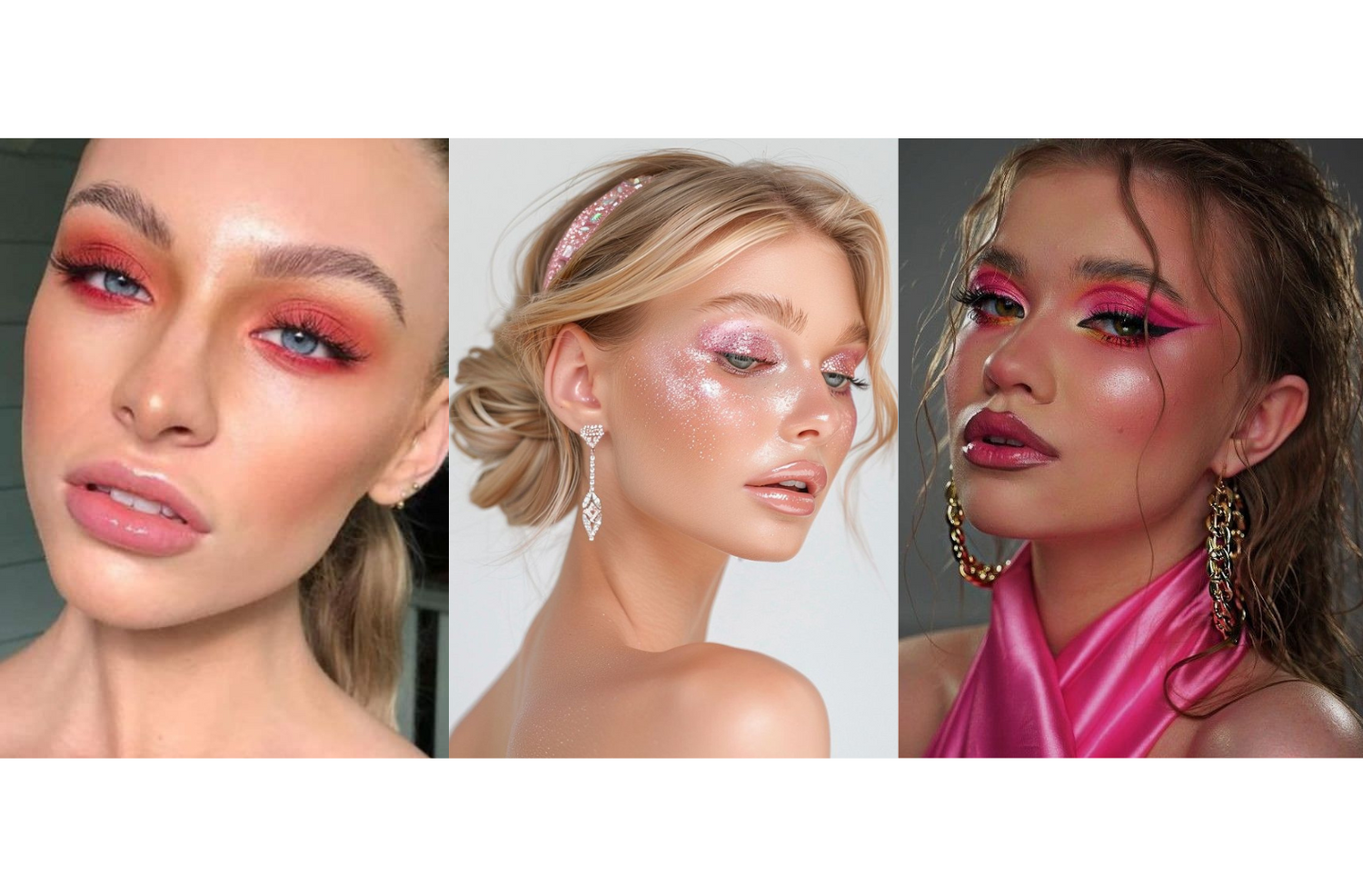When it comes to eye makeup, kajal and kohl are two terms that often cause confusion. Though they may seem similar, they have distinct characteristics and uses. This blog aims to demystify these two products, helping you understand their differences and how to use them effectively.
Eye makeup has the power to transform your look, and among the myriad of options available, kajal and kohl stand out as popular choices. Despite kajal and kohl being different, people often mix them up, which can be confusing. While they may appear similar at a glance, kajal and kohl have distinct characteristics and uses that set them apart.
What is Kajal?
Kajal, with its roots in ancient traditions, is known for its creamy texture and soothing properties. It’s typically made from a combination of soot and natural oils, which gives it a soft consistency that’s gentle on the eyes. Kajal is often celebrated for its ability to give a smudged, natural look, making it a staple in everyday beauty routines.
What is Kohl?
Kohl, on the other hand, has a firmer texture and is usually found in powder form. Originating from ancient desert cultures, kohl is revered for its intense black color and its use in creating bold, dramatic eye looks. Its composition, often a blend of soot and other ingredients, allows for a more precise application, making it a favorite for those seeking a defined eye line.
Key Differences Between Kajal and Kohl
The difference between kohl and kajal lies not just in their texture and application but also in their cultural significance. Kajal has been used for centuries not only to enhance beauty but also for its perceived medicinal benefits, such as protecting the eyes from the sun and preventing infections. Kohl, too, has been attributed with protective qualities, with its use dating back to ancient Egypt where it was believed to ward off evil spirits.
Texture: Kajal has a softer, creamier texture, while kohl is typically in powder form and has a firmer texture.
Application: Kajal is easier to apply due to its creamy consistency. Kohl might require a bit more precision and practice.
Finish: Kajal tends to give a more smudged and natural look, whereas kohl is ideal for a bold and defined line.
In modern times, both kajal and kohl have evolved, with manufacturers incorporating innovative formulations to ensure safety and comfort for the sensitive eye area. However, the essence of their traditional uses remains, allowing you to choose between them based on your desired look and the cultural narrative you wish to embrace.
How to Use Kajal and Kohl
How to Use Kajal
Glide the kajal stick along the waterline or lash line for a quick, smudged look.
How to Use Kohl
Apply kohl with a brush or a special applicator to achieve a sharp and precise line.
Conclusion
Both kajal and kohl have their unique charm and uses. Kajal is perfect for a quick, everyday look, while kohl is suitable for more dramatic and defined eye makeup.
By understanding the key differences between kohl and kajal, you can make an informed decision on which product to use for your eye makeup. Whether you prefer the soft, smudged lines of kajal or the sharp, defined edges of kohl, both can add depth and drama to your eyes, enhancing your overall appearance. So, the next time you reach for your eye makeup, consider the look you aim to achieve and select the product that best suits your needs.
FAQs
Q: Is kajal the same as kohl?
A: No, kajal is not the same as kohl. They differ in composition, texture, and application.
Q: Can kajal be used as kohl and vice versa?
A: While they can be used interchangeably to some extent, they will give different finishes due to their distinct textures.
Q: Is kajal safe for the waterline?
A: Yes, kajal is traditionally used on the waterline and is safe for most people.
Q: How do I prevent kajal from smudging?
A: Look for smudge-proof formulations or set your kajal with a matching eyeshadow to keep it in place.
Q: Can kohl be used daily?
A: Yes, kohl can be used daily, but it’s best suited for creating more defined and dramatic looks.
Q: Is kohl suitable for sensitive eyes?
A: It depends on the formulation. Always check the ingredients and opt for kohl that is free from irritants.
Q: How do I sharpen my kajal stick?
A: Use a makeup sharpener designed for cosmetic pencils to maintain the tip of your kajal stick.
Also read: Kajal Vs. Eyeliner






